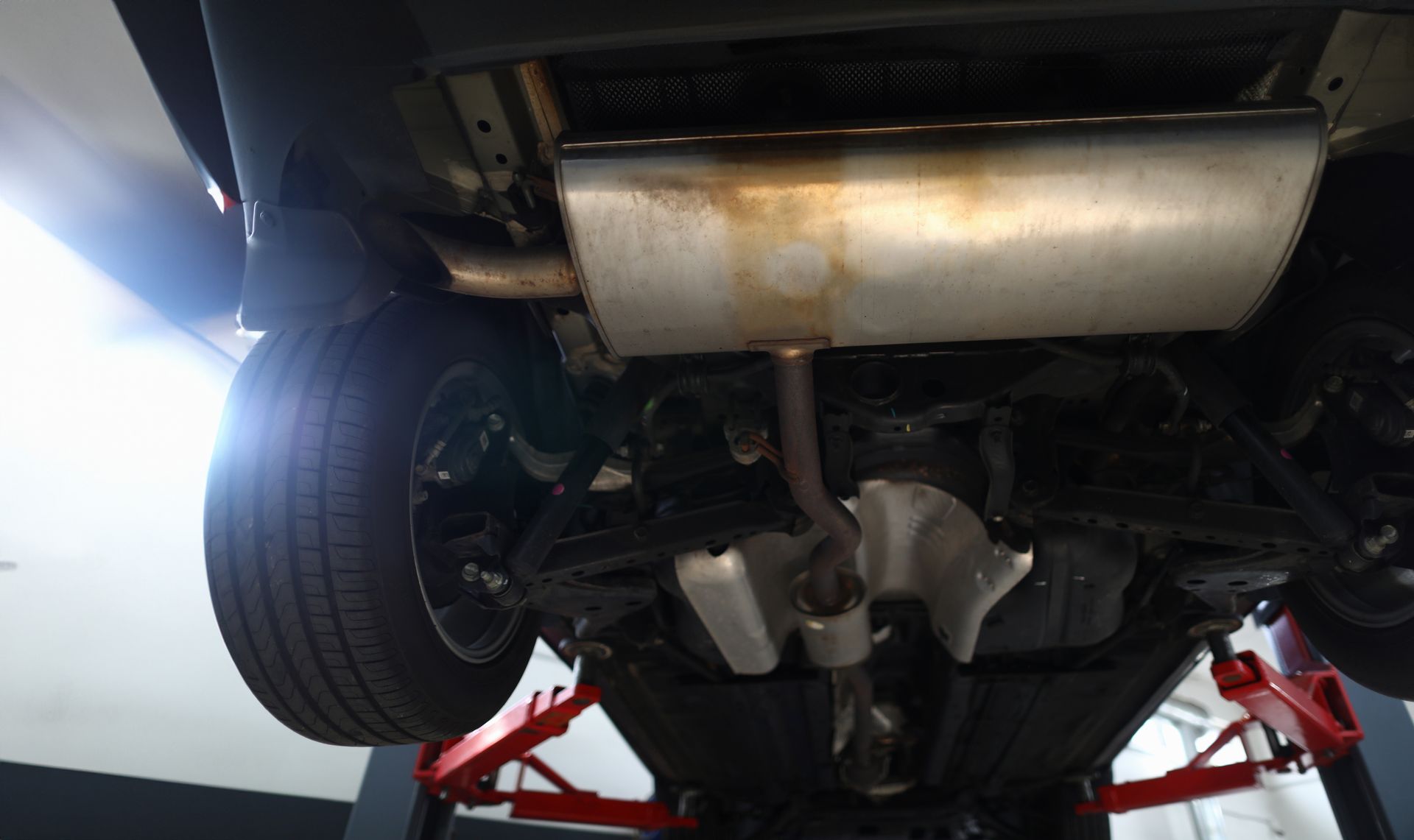Your vehicle relies on several essential fluids to keep it running smoothly, efficiently, and safely. Regularly checking and maintaining these fluids ensures optimal performance, prevents breakdowns, and extends the life of critical components. Here’s how to keep your car’s fluids in top shape for maximum performance.
Engine Oil: The Lifeblood of Your Engine
Oil lubricates engine components, reduces friction, and helps prevent overheating. Over time, oil breaks down and collects debris, making it less effective.
How to Check:
- Park on level ground and let the engine cool.
- Pull out the dipstick, wipe it clean, reinsert it, and pull it out again to check the level.
- Oil should be within the recommended range and have a clean, amber appearance. Dark, gritty oil means it’s time for a change.
How to Maintain:
- Change the oil at intervals recommended by the manufacturer, typically every 5,000 to 7,500 miles for conventional oil and longer for synthetic oil.
- Use the correct oil grade for your vehicle.
Coolant: Preventing Overheating
Coolant (antifreeze) helps regulate engine temperature and prevents freezing in cold weather. A low coolant level can lead to overheating and engine damage.
How to Check:
- Look at the coolant reservoir when the engine is cool. The level should be between the minimum and maximum marks.
- Never open the radiator cap when the engine is hot.
How to Maintain:
- Flush and replace coolant every 30,000 to 50,000 miles or as recommended.
- Use the correct coolant type—mixing different types can reduce effectiveness.
Transmission Fluid: Ensuring Smooth Shifts
Transmission fluid lubricates gears and helps prevent overheating. Dirty or low fluid can cause rough shifting and transmission failure.
How to Check:
- Some cars have a dipstick for transmission fluid, while others require professional inspection.
- If accessible, check the level with the engine running and transmission in “Park.”
- The fluid should be red or pink; if it’s dark or has a burnt smell, it’s time for a change.
How to Maintain:
- Change transmission fluid every 30,000 to 60,000 miles, or sooner if driving under severe conditions like towing.
Brake Fluid: Critical for Safe Stopping
Brake fluid transfers force from the pedal to the brakes. Over time, it absorbs moisture, reducing braking efficiency.
How to Check:
- Locate the brake fluid reservoir near the back of the engine bay.
- The fluid should be at the recommended level and have a clear, light amber color. Dark or dirty fluid indicates it needs replacing.
How to Maintain:
- Flush and replace brake fluid every two to three years to maintain braking performance.
Power Steering Fluid: Smoother Handling
Power steering fluid helps with smooth and responsive steering. Low or contaminated fluid can cause stiff or noisy steering.
How to Check:
- Locate the reservoir and check the fluid level against the “Min” and “Max” marks.
- The fluid should be clean and free of debris.
How to Maintain:
- If the fluid is dark or foamy, have it flushed and replaced.
- Some newer vehicles use an electric power steering system, which doesn’t require fluid.
Windshield Washer Fluid: Clear Visibility
Washer fluid is essential for maintaining clear visibility, especially in bad weather.
How to Check:
- Simply look at the reservoir and top off if low.
How to Maintain:
- Use a winter-grade fluid in colder months to prevent freezing.
Final Thoughts
Regularly checking and maintaining your car’s fluids ensures top performance, prevents costly repairs, and keeps your vehicle running smoothly. If you notice low levels, leaks, or dirty fluid, don’t ignore it—schedule a professional inspection to keep your car in peak condition.












